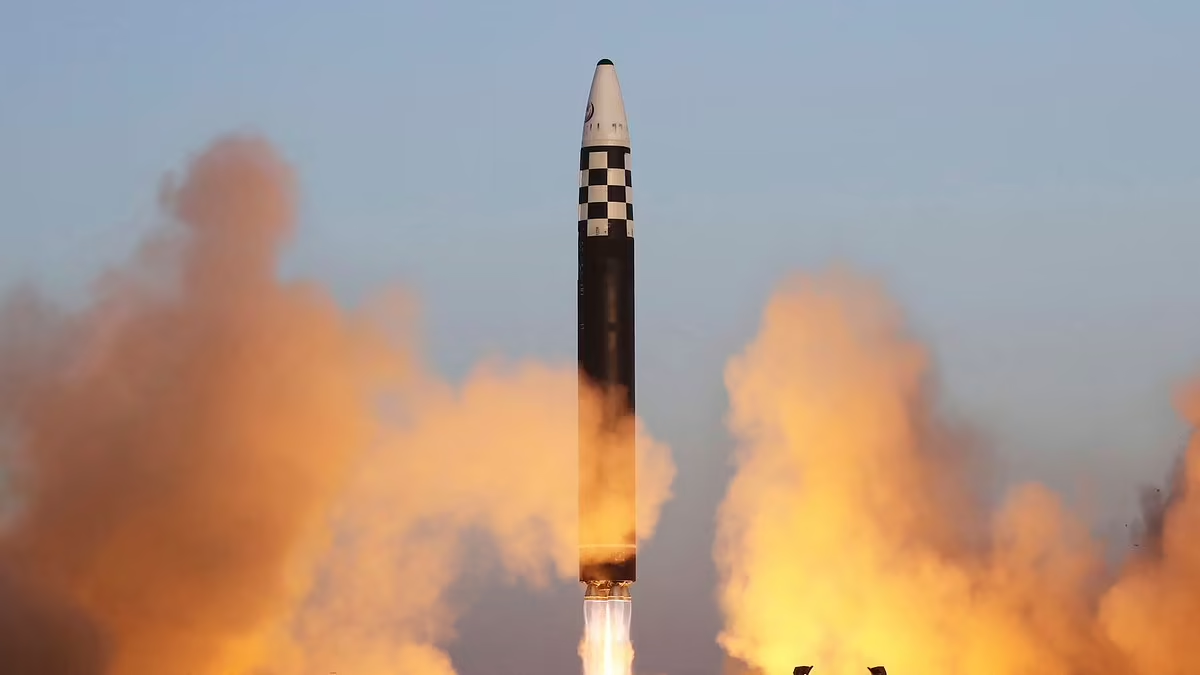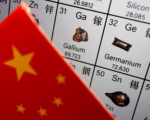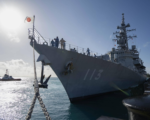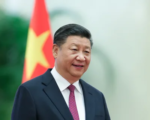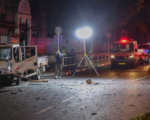China launched an intercontinental ballistic missile (ICBM) into the Pacific Ocean on Wednesday, marking its first public test of such a missile in decades. The missile, carrying a dummy warhead, was launched by the People’s Liberation Army Rocket Force at 8:44 a.m. Beijing time and landed in the Pacific, though the exact flight path and landing zone were not disclosed. While China’s Defense Ministry emphasized that the test was part of routine training and not aimed at any specific country, analysts suggest the move sends a clear signal to the United States and its allies, especially amidst rising tensions in the region.
The timing of the test is notable, with China and Russia currently conducting joint naval drills near Japan. The launch also coincides with increasing tensions in the East China Sea, South China Sea, and Taiwan Strait. While China notified some countries in advance of the launch, Japan confirmed that it was not informed, raising concerns about the risks of miscalculation in the region. This test marks the first time China has fired an ICBM over the Pacific since 1980, a significant move in light of China’s growing military assertiveness.
Experts say the test is a powerful message to Washington, signaling that any direct intervention in Taiwan could put the U.S. mainland at risk. Additionally, it demonstrates China’s capability to simultaneously confront multiple fronts. Analysts also point out that China, which has been building up its nuclear arsenal under President Xi Jinping, has expanded its ballistic missile capabilities. The country’s latest ICBM, the DF-41, is capable of reaching the U.S. mainland with an estimated range of up to 15,000 kilometers.
Military observers note that China rarely announces its missile launches, making this public test particularly significant. The missile launch follows weeks of mounting tensions, including collisions between Chinese and Philippine vessels and protests from Japan over airspace incursions by Chinese and Russian military aircraft. The Pentagon acknowledged receiving advanced notice of the test, describing it as a positive step toward avoiding misperceptions.
China’s military, especially its Rocket Force, has been under scrutiny following corruption scandals, but analysts suggest the test may also be aimed at demonstrating that these internal issues have not weakened its operational readiness. The U.S. Department of Defense has warned of China’s expanding nuclear capabilities, predicting a rapid increase in the number of nuclear warheads in the coming decade.


